Vietnam retailers revving up their competitive edge
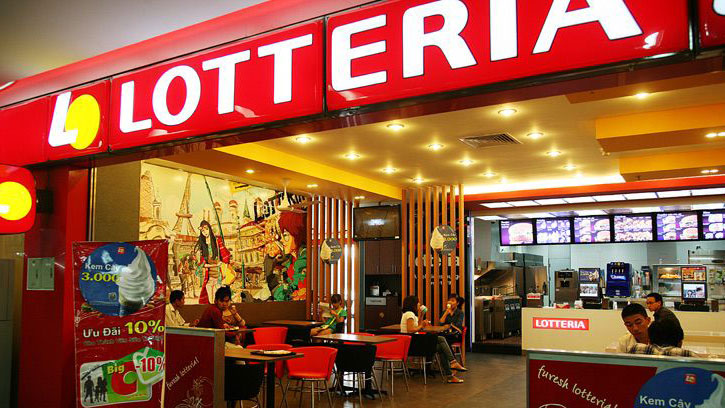
When the gloves come off, tens of thousands of goods from ASEAN member countries will be duty free, which is certain to lead to intense price competition as competitors jockey to get the lion’s share of the country’s 90 million strong consumer market.
However, in the lead up to January next year, foreign retailers seem to be revving their engines preparing for the race while domestic enterprises seem to be idling, downsizing and cutting back.
A number of foreign retailers have been rapidly expanding their operations throughout the country. Recently, the leading retailer of the Republic of Korea - Lotte – announced it is targeting opening 60 supermarkets throughout the country by 2020.
Meanwhile Aeon from Japan has announced it will open a second commercial centre in October, aiming to be the dominant player in the Vietnamese retail market.
The group also plans to open 20 commercial centres by 2020, with a product mix of one-third Japanese goods, one third Vietnamese products and the remaining from other countries.
US retailer Walmart is also waiting for the green light to get into the race just as soon as the Trans-Pacific Partnership (TPP) Agreement is finalised and comes into effect.
In general, strong international retailers have taken a methodical and strategic approach to positioning themselves for the opening of the markets.
Can Van Luc, Deputy General Director of the Bank for Investment and Development of Vietnam (BIDV), said foreign retailers have invested heavily in developing brand name recognition, which benefits them in gaining Vietnamese consumers’ trust.
They also have more sophisticated and flexible payment methods, which meet customers’ demands, providing them distinct competitive advantages over domestic retailers, Luc said.
Vietnam now has 8,500 smaller traditional markets spread throughout the country, tens of thousands of private shops, 650 supermarkets, and 125 commercial centres.
The leading foreign retailers include Metro, Big C, LotteMart, and Parkson while domestic ones are just Saigon Co.op. CityMark, Hapro, Fivi Mart and Intimex.
The domestic market has revealed many weaknesses, with lack of coordination among domestic retailers topping the list, resulting in small and unmethodical development.
There are only a few domestic retailers who have gained sufficient trust from suppliers to ensure stable supply of goods for customers. In addition, human resources are also weak and lack professional skills.
It is clear domestic retailers are confronting big pressures, requiring them to reconsider trading models, to be more active and professional and improve their capacity.
They must find measures to strengthen coordination and cooperation for mutual development if they do not want to be left sitting on the sidelines.
It is very important for domestic firms to raise their competitiveness by diversifying products and designs and improving the quality of goods and services in order to supply high-quality and safe products to customers.
One strength domestic retailers do have is that currently Vietnamese people are still keen on buying goods at traditional markets. A survey shows more than 87% of Hanoians like temporary, small and traditional markets.
The Hanoi city government’s plan to establish 1,000 supermarkets by 2020 confronts objections from many economists who think that it is not a good solution to promote the development of the retail sector.
Vu Vinh Phu, President of the Hanoi Supermarkets Association, hopes that the National Assembly will consider reducing taxes by 50% from 10% to 5% and from 5% to 2.5% to stimulate retail sales.
What the stars mean:
★ Poor ★ ★ Promising ★★★ Good ★★★★ Very good ★★★★★ Exceptional
Latest News
More News
- Transforming accountancy with sustainability and ESG leadership (November 23, 2024 | 09:00)
- Vietnamese agricultural goods make Chinese e-commerce debut (November 22, 2024 | 20:04)
- Vietnam National Assembly adopts amended Law on Pharmacy (November 22, 2024 | 19:09)
- Power of partnerships: 30 years of Bayer in Vietnam (November 22, 2024 | 15:34)
- Consumption demand driving export performance (November 22, 2024 | 10:59)
- Rice exports set to break records (November 21, 2024 | 17:53)
- Growth beckons for GenAI startups in Vietnam (November 21, 2024 | 17:47)
- SABECO to elevate Vietnam's beverage industry to global standards (November 21, 2024 | 17:36)
- ABeam Consulting Vietnam introduces BSQCD Purchasing Strategy Framework (November 21, 2024 | 16:40)
- Major railway requires debt considerations (November 21, 2024 | 12:07)




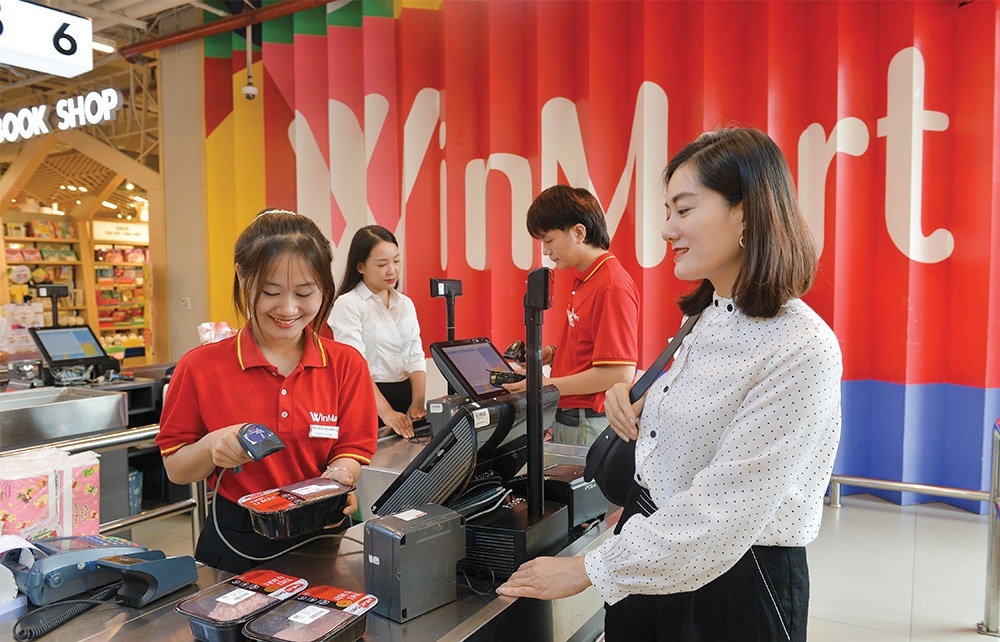
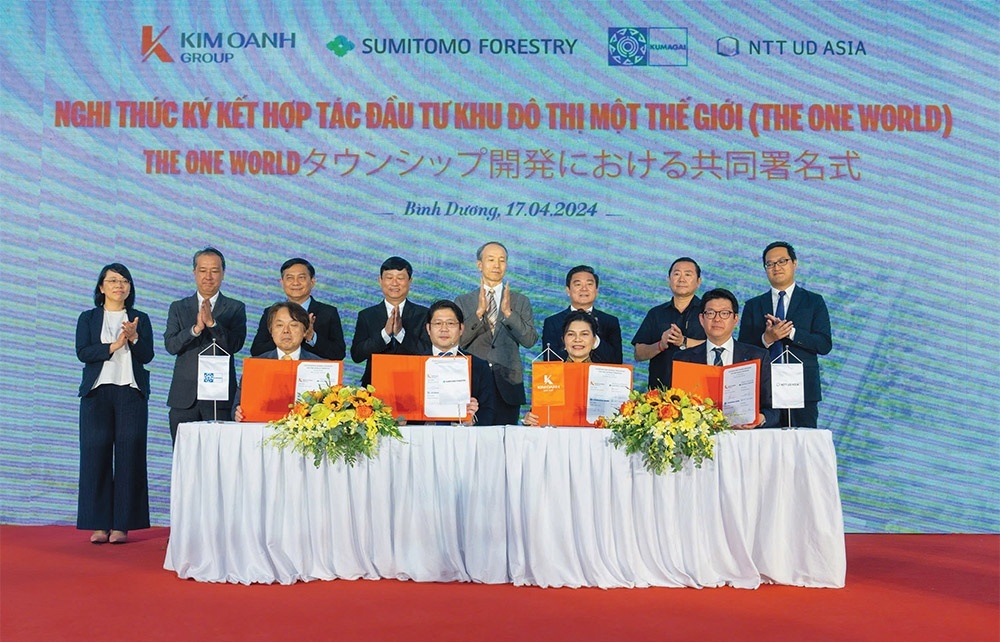
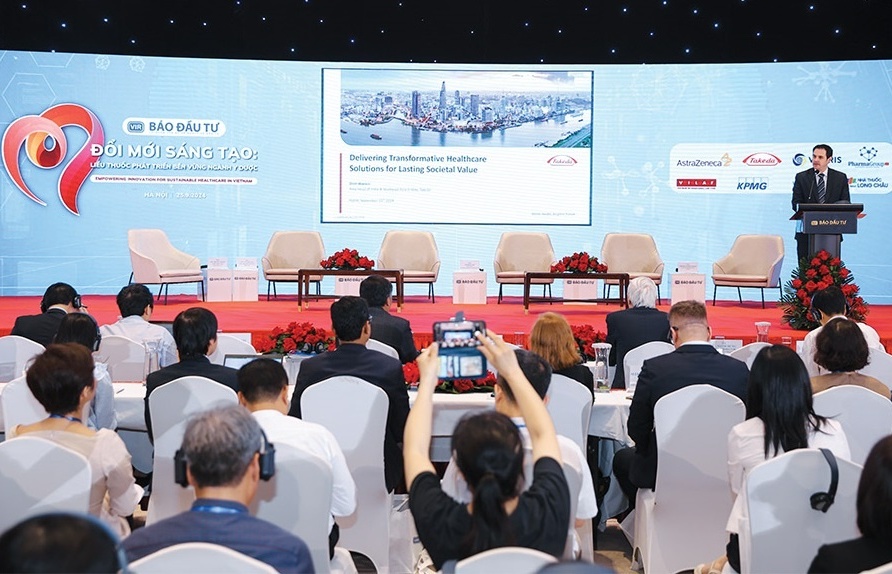
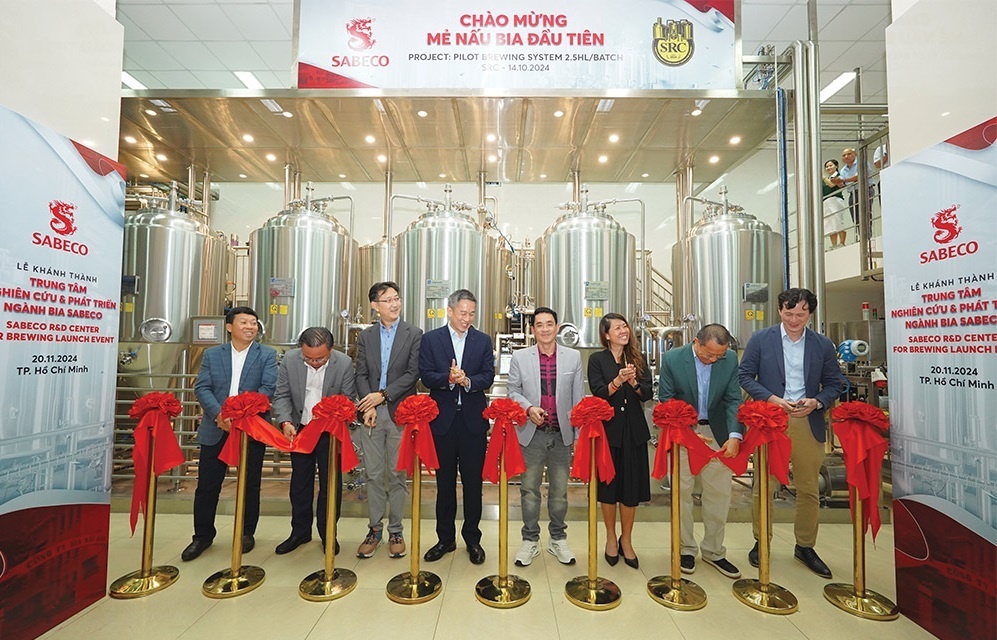











 Mobile Version
Mobile Version